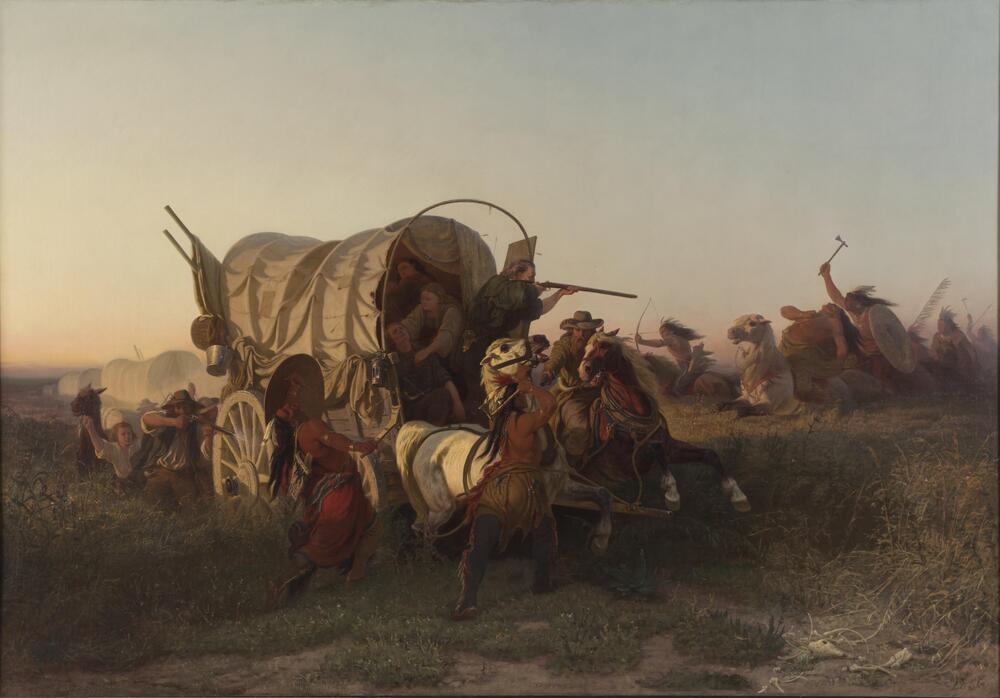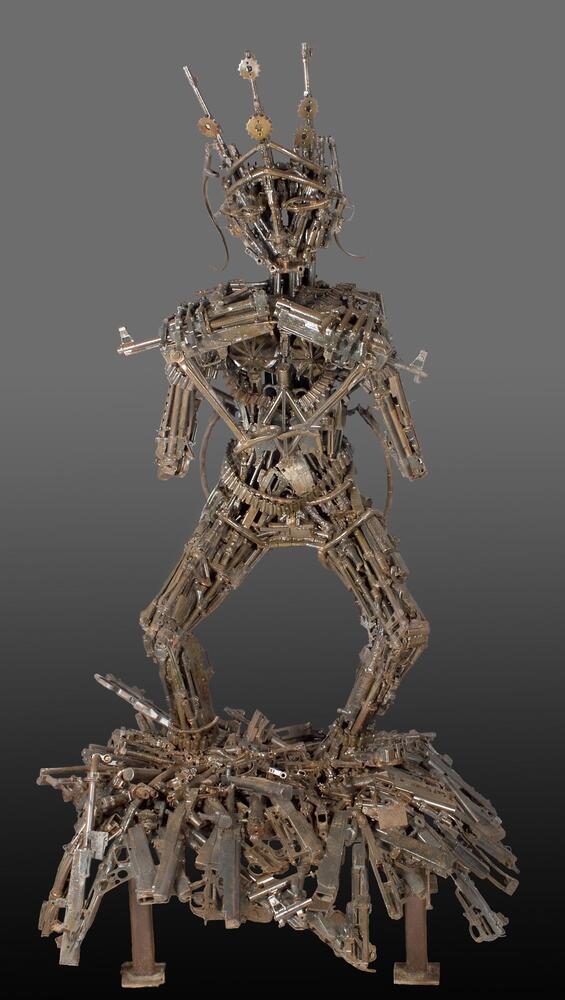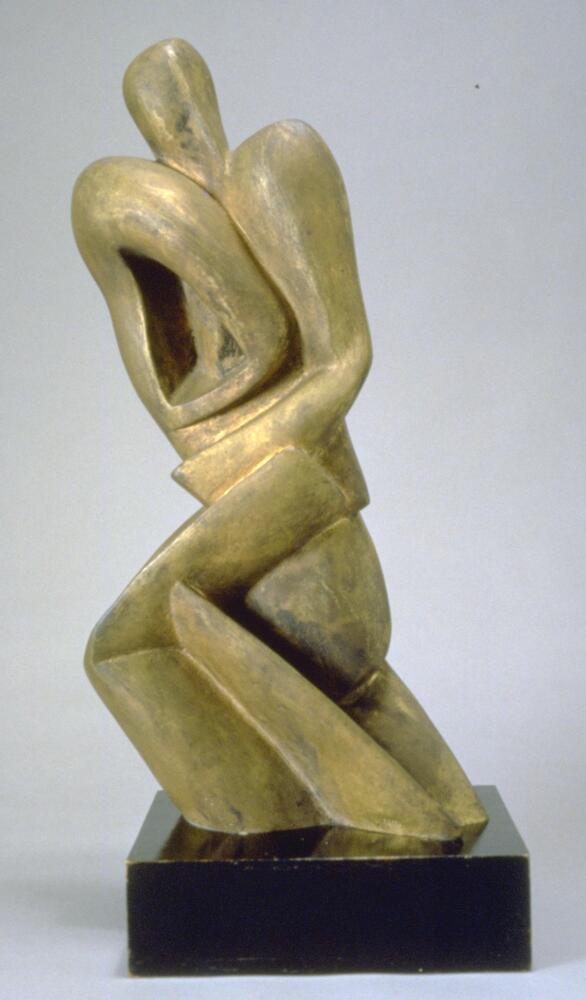First Grade: Art On the Move, The Science of Motion Seen in Art
Docent Curricular Tour
Discussion: Scientists explore how things move. They think about direction and speed and also how shape changes the movement of an object. Artists depict movement for different purposes. Sometimes movement has a narrative function (for example, Emigrant Train) sometimes it expresses an emotional state (Leal, Annunciation) and some art was intended actually to be in motion (Egungun Mask). This tour engages both scientific understanding of motion and metaphorical meaning associated with movement in art.
Science Concept: motion is movement, motion follows a path, motion has speed, distance and time; follows a path, has speed, goes distance, takes time.
Art Concept: Explain what artists do (create art in different media). Artists use different techniques to express motion, direction, weightiness; Artists pick materials for a specific reason. Artists use symbols
Science Background:
Newton’s three laws
Sir Isaac Newton (1642 -1727) was an English physicist, mathematician, astronomer, and philosopher. His observations led him to advance three laws to explain the properties of motion. Thee laws are (the first sentence is the scientific wording, the subsequent text is less rarefied):
I. Every object in a state of uniform motion tends to remain in that state of motion unless an external force is applied to it.
An object at rest will stay at rest unless a force is applied to it… once it is moving, it will keep moving unless something stops it.
2. The relationship between an object's mass m, its acceleration a, and the applied force F is F = ma. The rate of change of momentum of an object is directly proportional to the resultant force acting on it. An object will move faster (acceleration) if the force (push/pull) is greater or its mass is smaller
3. For every action there is an equal and opposite reaction.
Examples: you are stepping off a boat onto shore: you move forward, the boat moves backwards; or, a rocket blasting off employs a downward force to propel it forward.
For a fun and child friendly introduction to Newton see: http://science.discovery.com/games-and-interactives/newtons-laws-of-motion-interactive.htm
Stop 1: Leal – Annunciation
This stop addresses Newton’s second law.
Part of 1 Learning Collection
<p>Docent Curricular Tour</p>
Rate this Resource
AVG: 0 | Ratings: 0
& Author Notes
Creative Commons by-nc-saLast Updated
April 13, 2017 3:41 p.m.Report
Reporting Policy




